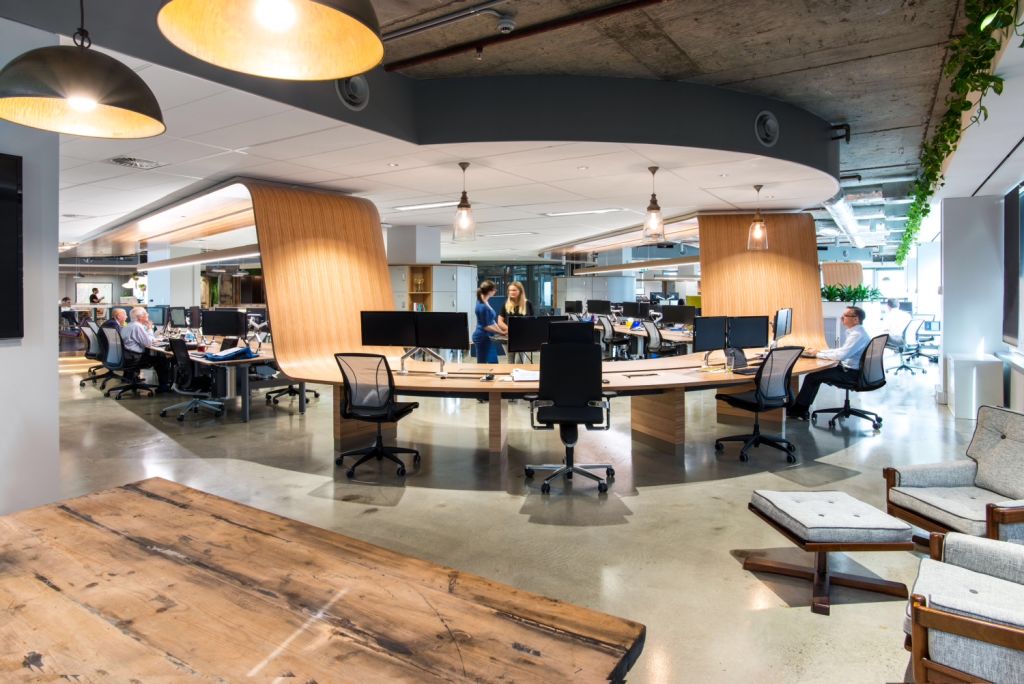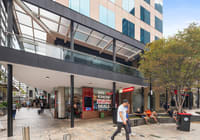
Australian researchers to put activity-based working to the test
The real benefits of a popular new way of working are being put to the test by researchers at two Australian universities.
The University of Sydney and Southern Cross University will be joining forces for a research project on how activity-based working impacts worker productivity and wellbeing.
Activity-based working is an emerging workplace strategy where employees are encouraged to move around and work at locations suited for the task at hand.
Examples include workers migrating to team desks, quiet concentration rooms, a variety of meeting rooms, brainstorming areas, multimedia rooms and lounges.
The pilot study, which could be rolled out nationally, will take place in several offices in Sydney, all designed by global interior design firm Cachet Group.
The University of Sydney’s Christhina Candido, who will be leading the research project, said activity-based working was becoming the norm in Australia, with the use of open-plan offices growing significantly.
“We know a lot about the issues around open-plan working, but we need to understand more about how this latest wave of activity-based work environments may affect the productivity of office workers,” said Dr Candido.
“The advantages of activity-based working have already been widely reported in the property sector but it is time to provide evidence around this growing office trend in Australia.”
The participants will be given wearable technology and analytical software developed especially for the pilot study so their responses to the workplace can be accurately recorded.
“By monitoring cognitive performance, we will capture the emotional and physical responses of people working in different office locations and layouts,” said Dian Tjondronegoro, an IT professor from Southern Cross University.
Rowan Hamman, managing director of Cachet Group, said the research will develop “solutions to increase worker satisfaction”.











